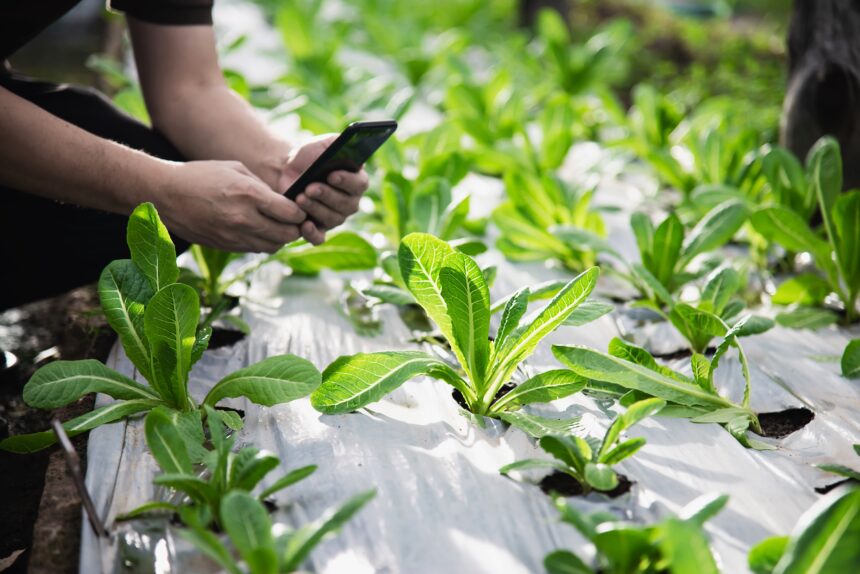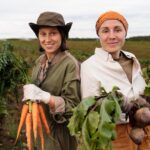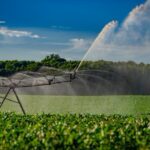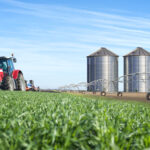In the heart of South Africa’s Free State province, where dry spells can cripple even the most resilient farms, one farmer is turning heads with a success story built not on luck—but on innovation. Amidst relentless drought and rising temperatures, Johan Mokoena, a third-generation farmer from outside Bloemfontein, found a way to not just survive, but thrive. His secret? Smart crop choices backed by data, planning, and climate-smart farming.
The Harsh Reality of Drought in the Free State
The Free State, known for its maize and livestock farming, has increasingly faced the harsh impacts of climate change. In recent years, unpredictable rainfall patterns, prolonged dry seasons, and extreme heat have left many farms barren and financially strained. For Johan, the 2018-2020 drought years brought his maize production to the brink of collapse.
“I remember looking at my fields and realizing the rain wasn’t coming. The usual planting schedules were useless,” Johan recalls. “If I didn’t change something, I would lose the farm.”
Turning Point: Embracing Smart Crop Solutions
Rather than waiting for the weather to improve, Johan decided to take a bold step: replace his traditional crops with drought-tolerant, early-maturing varieties. After attending a climate-smart agriculture workshop hosted by a local extension officer, he began testing new crops designed for dryland conditions.
“I learned about sorghum, cowpeas, and sunflower hybrids that needed less water but still gave a good return,” he says. “It wasn’t easy at first, but I saw potential.”
What Are Smart Crops?
Smart crops are varieties bred or selected to thrive under tough environmental conditions. They often have features like:
- Drought resistance
- Shorter growing seasons
- High yield potential even under water stress
- Improved pest and disease resistance
Some of the crops Johan switched to include:
- Sorghum: Naturally resilient and less water-dependent than maize.
- Cowpeas: A legume that not only survives drought but also enriches the soil with nitrogen.
- Sunflower hybrids: These crops have deep roots and can access moisture buried deep in the soil.
- Pearl millet: Known for its heat and drought tolerance, perfect for dry Free State summers.
Integrating Technology and Timing
Johan didn’t stop at choosing different crops—he also adopted better planning and precision techniques:
- Soil moisture sensors helped him track water levels and plan planting dates more accurately.
- Weather forecasting apps provided weekly predictions, helping avoid planting just before dry spells.
- Staggered planting allowed him to spread risk and maximize harvest chances.
“I realized smart farming isn’t just about technology. It’s also about timing and flexibility,” Johan says. “You have to plant with the weather, not the calendar.”
The Results: Resilience and Recovery
By 2022, Johan had completely turned his farm around. While many neighbors still struggled with shrinking yields, his fields remained productive. His sorghum harvests increased by 40% compared to his last maize crop during the drought, and the cowpeas not only fed his livestock but also improved soil health for future planting.
He also started saving on inputs. “Less water, less fertilizer—these smart crops use fewer resources, so I’m spending less and getting more,” he says.
Lessons for Other Farmers
Johan now shares his experience with other farmers in the area through cooperative meetings and WhatsApp groups.
“If I can do it, anyone can. You don’t need expensive machines—just the right seed, the right mindset, and the willingness to adapt.”
Here are his top tips:
- Start small: Test smart crops on a small portion of your land first.
- Use local knowledge: Speak to extension officers and other farmers who’ve tried similar crops.
- Track your results: Keep records of water use, input costs, and yields to measure performance.
- Diversify: Don’t rely on just one crop—mix grains, legumes, and cover crops.
- Stay informed: Follow weather patterns and seasonal forecasts to make timely decisions.
Johan Mokoena’s journey is a powerful example of how resilience and innovation can help farmers overcome even the toughest climate challenges. Through smart crop choices and careful planning, he not only protected his farm from drought but built a more sustainable future. In a time when traditional methods are no longer enough, stories like Johan’s offer hope—and a clear path forward—for farmers across South Africa and beyond.







